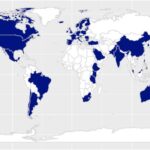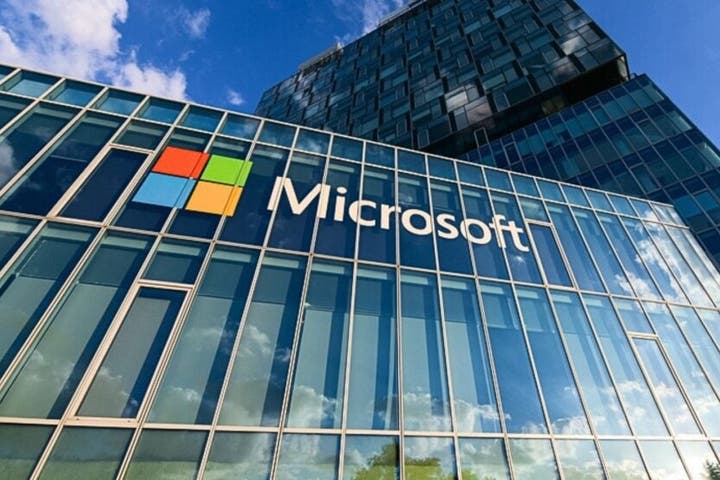Microsoft Corp has announced a significant reduction in its workforce, cutting 9,000 jobs, which accounts for less than 4% of its global employees. This marks the company’s second major layoff in 2025, as reported by Bloomberg on Wednesday, citing a company spokesperson. The layoffs are part of Microsoft’s broader strategy to implement cost controls across various teams, geographies, and tenures.
The announcement comes as Microsoft continues to expand its investment in artificial intelligence and cloud technologies, which have been driving its market performance. Earlier reports suggested that Microsoft planned to downsize its workforce in July, impacting sales personnel and divisions such as Xbox. This move follows a series of job cuts in the gaming division, including a 10% reduction in staff at King, the parent company of Candy Crush, affecting around 200 employees.
Background and Context
Microsoft’s decision to reduce its workforce is not unprecedented. In May 2025, the tech giant cut 6,000 jobs, primarily affecting product and engineering roles. As of June 2024, Microsoft employed approximately 228,000 people, with 45,000 in sales and marketing. The company has been steadily downsizing since early 2023, when it laid off 10,000 employees, citing slower post-pandemic growth and the need to adapt to evolving economic conditions.
In April 2025, Microsoft shut down its joint venture in China, Wicresoft, resulting in 2,000 job losses. These actions are part of a larger effort to streamline operations and focus on strategic priorities, including AI and cloud computing.
Financial Performance and AI Investment
Despite the layoffs, Microsoft remains committed to its ambitious AI expansion plans. The company is on track to invest approximately $80 billion in building AI data centers this fiscal year. In April, Microsoft reported a third-quarter revenue of $70.07 billion, a 13% increase year-over-year, surpassing analysts’ expectations. The company’s cloud revenue reached $42.4 billion, up 20% from the previous year, while Azure and other cloud services saw a 33% increase.
Bloomberg projects that generative AI spending will reach $1.8 trillion by 2032, accounting for 14%-16% of all technology expenditures.
This significant investment in AI is part of a broader industry trend, with tech giants like Amazon and Microsoft pouring billions into the technology. However, economist Craig Shapiro has warned of potential economic repercussions, as AI advancements could automate up to 25% of U.S. jobs by 2030, according to Goldman Sachs.
Implications and Future Outlook
The recent layoffs at Microsoft highlight the ongoing tension between technological advancement and workforce stability. As the company continues to prioritize AI and cloud technologies, it faces the challenge of balancing innovation with employee retention and morale.
Looking ahead, Microsoft’s strategic focus on AI is expected to play a crucial role in its future growth. The company’s ability to generate returns on its substantial capital investments will be closely watched by investors and industry analysts. Meanwhile, the broader tech industry will continue to grapple with the implications of AI-driven automation on the job market.
As of the latest trading session, Microsoft shares were slightly up by 0.04%, reflecting investor confidence in the company’s long-term vision despite the immediate impact of job cuts.
In conclusion, Microsoft’s decision to reduce its workforce underscores the complex dynamics of navigating technological innovation and economic realities. As the company moves forward, its commitment to AI and cloud computing will remain pivotal to its strategy, shaping the future of the tech landscape.
About The Author
 Tesla’s Q2 2025 Deliveries Fall Short Amidst Growing Competition from GM
Tesla’s Q2 2025 Deliveries Fall Short Amidst Growing Competition from GM US Judge Orders Huawei to Face Racketeering and Fraud Charges
US Judge Orders Huawei to Face Racketeering and Fraud Charges Bay Area Residents Among Hundreds Charged in $14.6 Billion Health Fraud Crackdown
Bay Area Residents Among Hundreds Charged in $14.6 Billion Health Fraud Crackdown Lean Hog Futures Rise Amid Market Fluctuations
Lean Hog Futures Rise Amid Market Fluctuations Global Study Reveals Early Education Policies Favor Individual Merit Over Solidarity
Global Study Reveals Early Education Policies Favor Individual Merit Over Solidarity